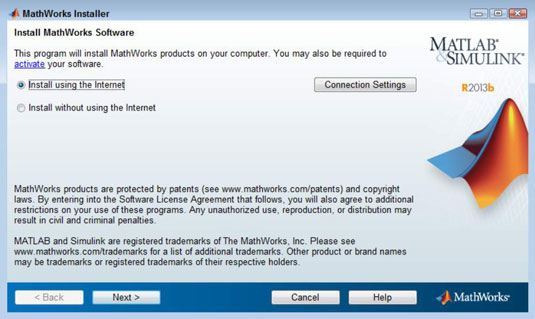

You should use the templatized versions when possible. These constants are also available as type-safe, already-rounded, precision-templatized values with static memory addresses as part of our scalar system (see NTraits). (These values were generated using the symbolic calculator Maple which is part of Matlab's Symbolic Toolbox.) These can be cast to lower precisions when needed, and can be used in compile-time constant expressions like 2*SimTK_PI or 1/SimTK_SQRT2 for which the compiler will properly calculate a long double result with no runtime cost. For the syntax for symbolic differentiation, see > help sym/diff. Do not use the syms function to create a symbolic expression that is a constant. : The MATLAB symbolic toolbox is very useful for checking calculus problems. Then, assign the expression to f: f ax2 + bx + c To create a symbolic number, use the sym command. First, create the symbolic variables a, b, c, and x: syms a b c x. The syms function creates a symbolic object that is automatically assigned to a MATLAB variable with the same name. Now suppose you want to study the quadratic function f ax2 + bx + c. These are used to solve various expressions with the help of functions available in Symbolic Math Toolbox. The ratio pi of a circle's circumference to its diameter in Euclidean geometry. These are some common unitless numerical constants evaluated to 64 digits and written here in maximal (long double) precision.


 0 kommentar(er)
0 kommentar(er)
